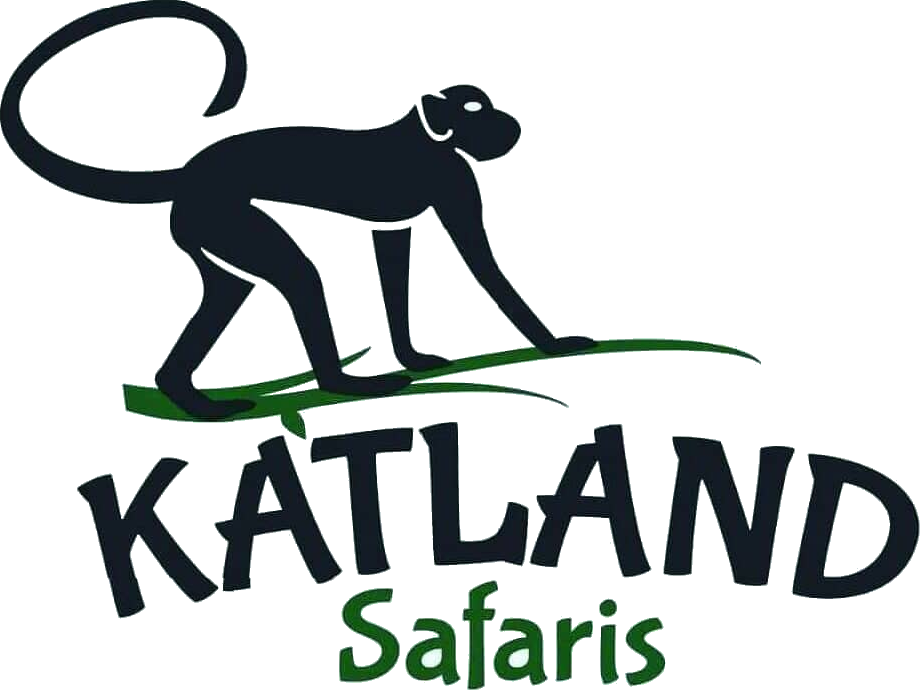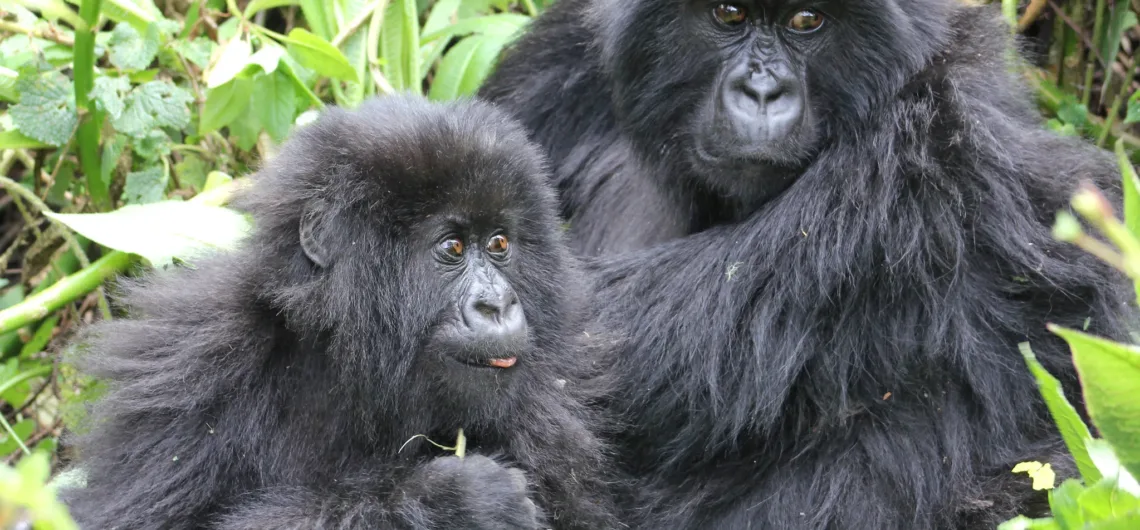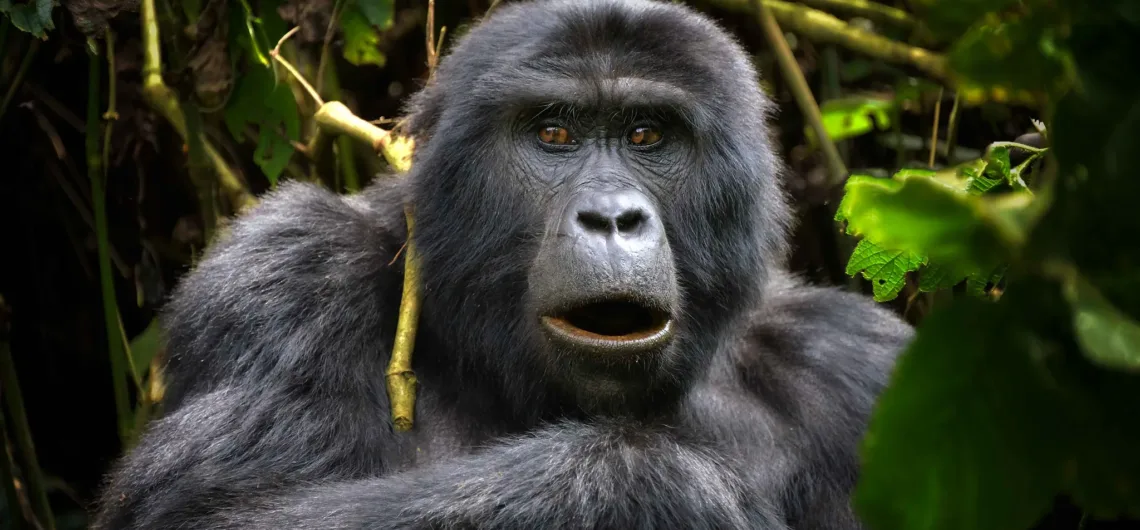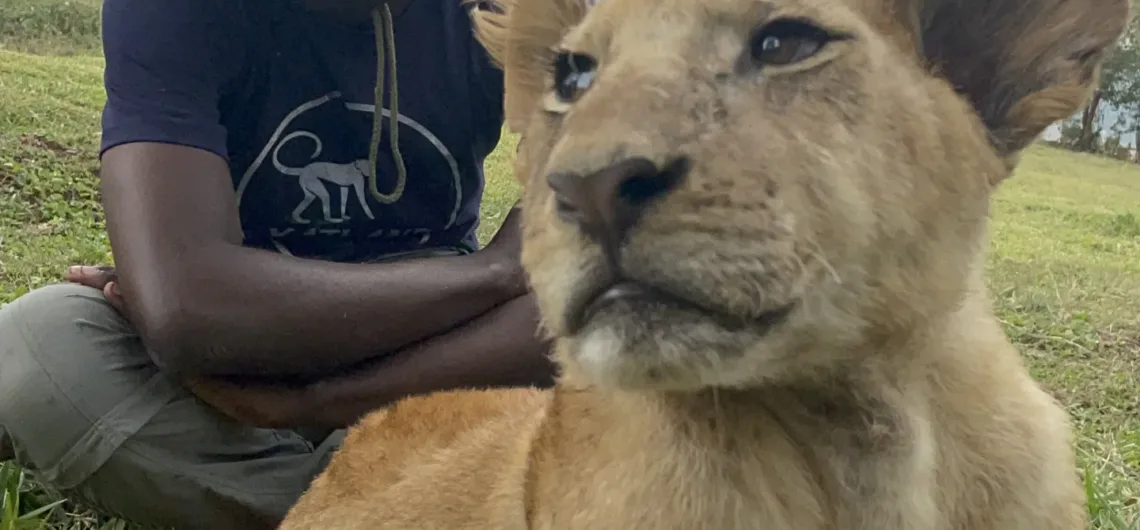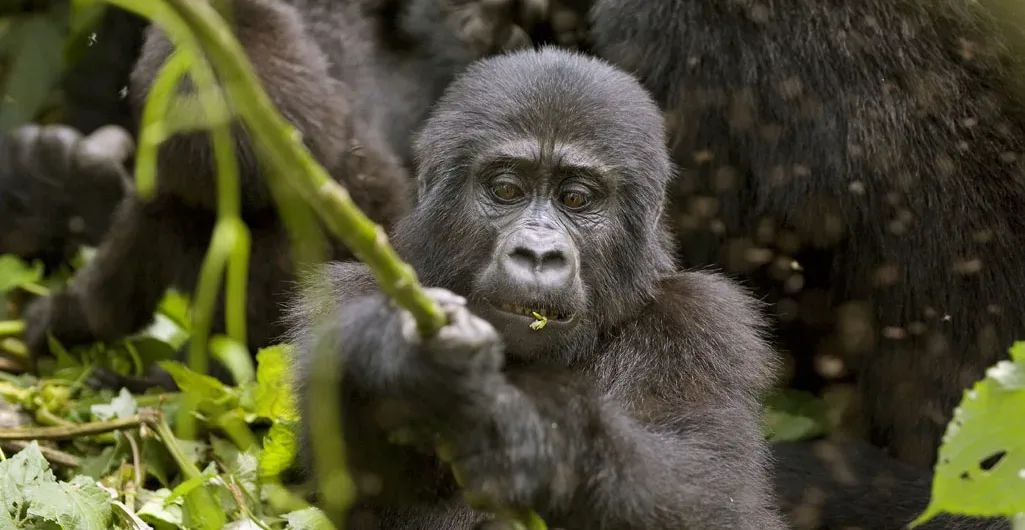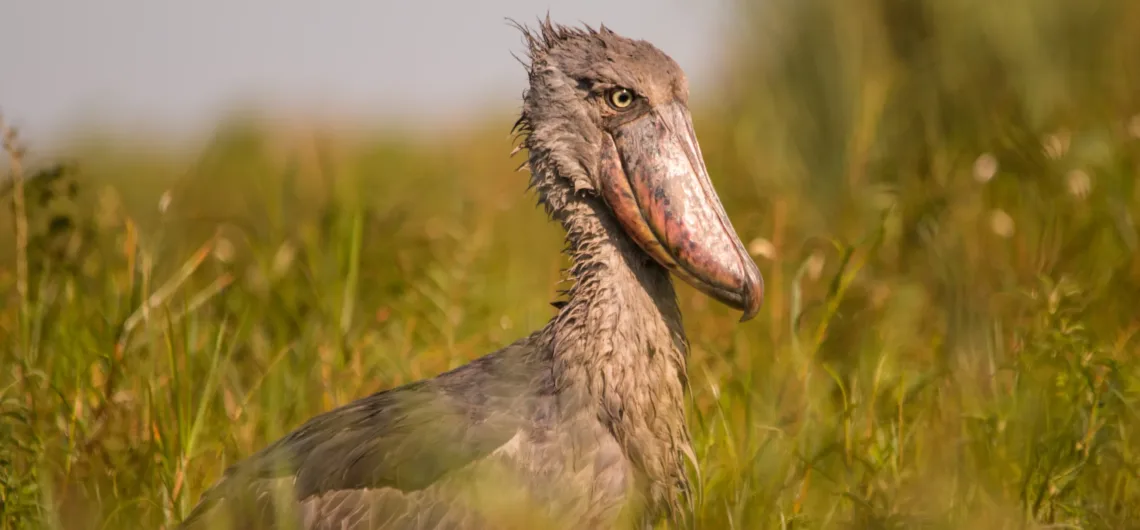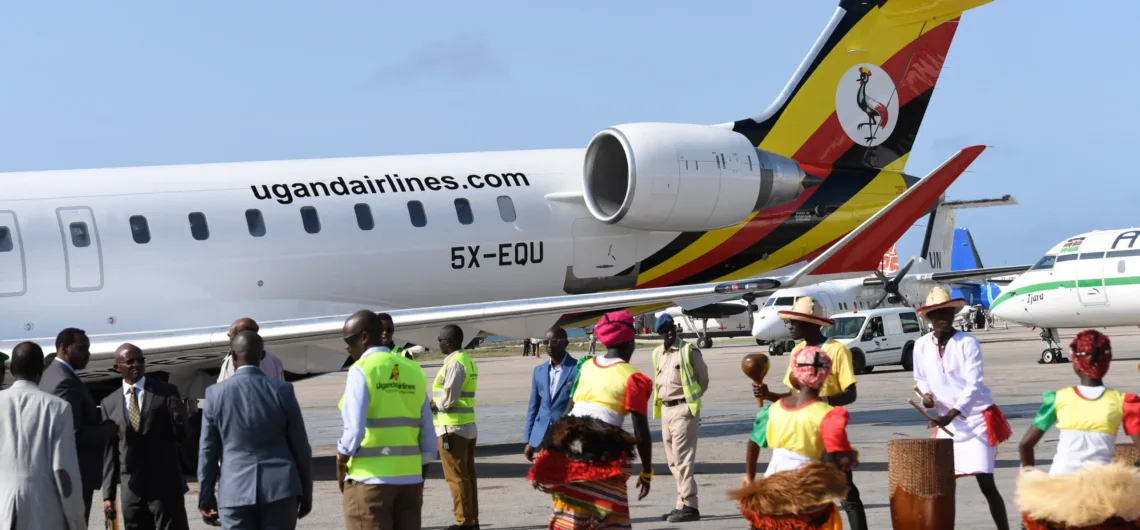Gorillas in Uganda: Uganda Gorilla Trekking Safari – Gorillas in Bwindi Impenetrable National park .
Uganda, often referred to as the Pearl of Africa, is renowned for its stunning landscapes, diverse wildlife, and rich cultural heritage. Among its most famous residents are the mountain gorillas, which draw visitors from around the globe. Gorillas in Uganda offer a unique and profound wildlife experience, providing a rare opportunity to observe these majestic creatures in their natural habitat. This blog explores the fascinating world of Uganda’s gorillas and what makes this country a premier destination for gorilla trekking.
The Mountain Gorillas of Uganda
Uganda is home to more than half of the world’s remaining mountain gorillas, a critically endangered species found only in the dense forests of central Africa. These gorillas inhabit two main areas in Uganda: Bwindi Impenetrable National Park and Mgahinga Gorilla National Park.
- Bwindi Impenetrable National Park: Bwindi is perhaps the most famous location for gorilla trekking in Uganda. This UNESCO World Heritage site is home to around 500 mountain gorillas, living in various family groups throughout the park. The park’s dense rainforest and mist-covered hills provide the perfect environment for these gentle giants. Bwindi is also known for its biodiversity, with over 120 mammal species and 350 bird species sharing the forest with the gorillas.
- Mgahinga Gorilla National Park: Located in the Virunga Mountains, Mgahinga is Uganda’s other gorilla trekking destination. While smaller than Bwindi, Mgahinga offers a unique experience with its stunning volcanic landscape and the chance to see the Nyakagezi gorilla family. The park is part of the larger Virunga Conservation Area, which spans Uganda, Rwanda, and the Democratic Republic of Congo.
The Experience of Gorilla Trekking in Uganda
Gorilla trekking in Uganda is a once-in-a-lifetime adventure that requires preparation, perseverance, and a sense of adventure. The trek to find the gorillas can range from a few hours to a full day, depending on the location of the gorilla families. The journey through the dense jungle, up and down steep slopes, and across streams is an experience in itself, offering close encounters with other wildlife and the chance to immerse yourself in the beauty of Uganda’s forests.
When you finally encounter the gorillas in Uganda , the experience is nothing short of magical. Watching a gorilla family go about their daily lives—feeding, playing, and interacting with each other—is both humbling and awe-inspiring. Visitors are allowed to spend one hour with the gorillas, a time filled with unforgettable moments and the opportunity to capture stunning photographs.
Conservation Efforts and Community Involvement
The protection of gorillas in Uganda is a critical conservation effort, with the Uganda Wildlife Authority (UWA) playing a leading role. The revenue generated from gorilla trekking permits is reinvested into conservation initiatives and local community projects. This approach has been successful in increasing the gorilla population and improving the livelihoods of communities living near the national parks.
Local communities are actively involved in conservation efforts, providing essential services such as guiding, portering, and cultural tourism activities. The Batwa people, an indigenous community who once lived in Bwindi’s forests, now share their knowledge and culture with visitors through guided walks and performances. This integration of conservation and community development has made Uganda a model for sustainable tourism.
Best Time to See Gorillas in Uganda
The best time to visit gorillas in Uganda depends on your preferences. Uganda’s climate is relatively mild, with two rainy seasons (March to May and October to November). During the rainy seasons, the trails can be muddy and more challenging to navigate, but the forest is at its most lush and the trekking experience more intimate, with fewer tourists.
The dry seasons (June to September and December to February) are the most popular times for gorilla trekking. The weather is more predictable, and the trails are easier to traverse. However, permits during these months can be in high demand, so it’s advisable to book well in advance.
Practical Tips for Gorilla Trekking in Uganda
To make the most of your gorilla trekking experience, it’s important to come prepared:
- Permits: Gorilla trekking permits are required and should be booked well in advance, especially during peak seasons. The cost of a permit in Uganda is $700, significantly more affordable than in neighboring Rwanda.
- What to Pack: Bring sturdy hiking boots, waterproof clothing, gloves, and a backpack with essentials like water, snacks, and insect repellent. A good camera is a must to capture your experience.
- Physical Fitness: Gorilla trekking can be physically demanding, so a reasonable level of fitness is recommended. The treks can involve long hikes over rough terrain, so it’s essential to be prepared for a challenging adventure.
Conclusion: Why Uganda is the Ultimate Gorilla Trekking Destination
Gorillas in Uganda offer an unparalleled wildlife experience. With its substantial gorilla population, diverse trekking options, and commitment to conservation, Uganda stands out as a top destination for gorilla trekking. Whether you’re drawn to the dense jungles of Bwindi or the volcanic landscapes of Mgahinga, Uganda provides an unforgettable encounter with one of the world’s most endangered and fascinating species. For those seeking an adventure that combines breathtaking natural beauty, cultural richness, and close encounters with mountain gorillas, Uganda is the place to be.
